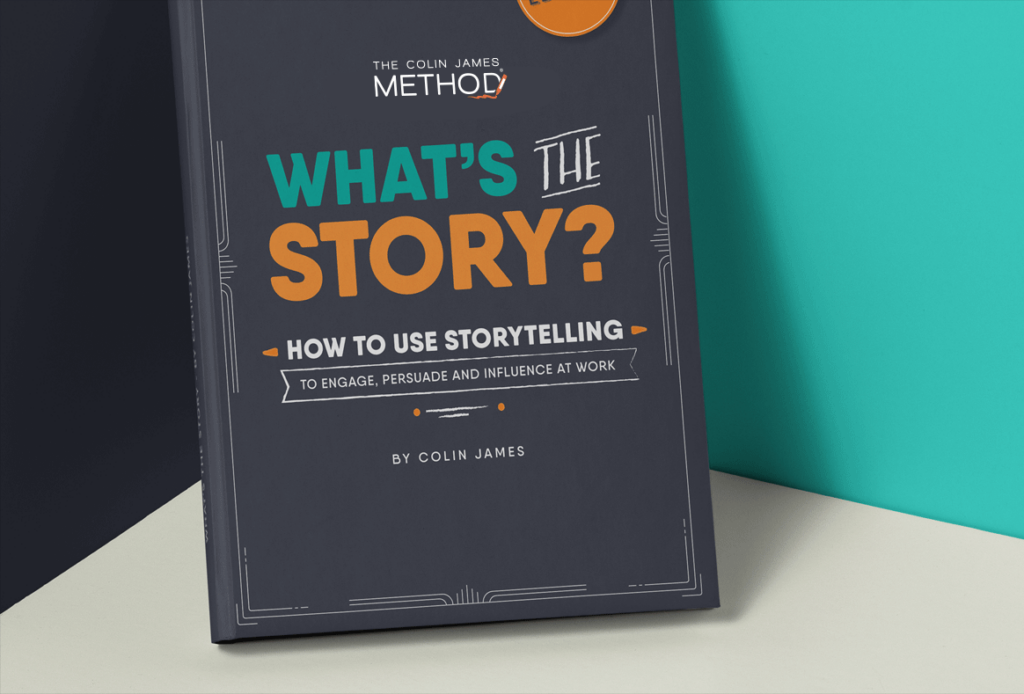How to craft the perfect elevator pitch
“So… what do you do?” We hear this all the time at networking events… and in fact, anywhere that provides an opportunity for connection (a work meeting, an airport queue or even a bar!).
Entrepreneurs, business owners and managers would all love to generate interest in their business concept, product, service or project quickly. A brief well-received conversation could reap significant rewards in the form of sales, referrals and investment. If we are passionate about what we do it should be easy, right? However, it’s not. Ironically, the passion we feel for our concept, product or services is often the problem.
We either overload people with content that we think they will find as interesting as we do OR we fumble and miss the opportunity because as the subject matter expert, we are unable to provide a relevant pitchy summary.
We are talking here about refining an “elevator pitch”, a brief persuasive speech that explains what your company or product does. You can also use an elevator pitch to promote yourself to potential employers.
So, how do we grab someone’s attention and make a lasting impression during the time it would take to ride an elevator? If you weave in the correct elements you are guaranteed to have greater impact.
What is your goal?
The goal of an elevator pitch is to pique the interest of the listener, create a connection and be memorable. Done well, you will secure a follow-up meeting or call. Research shows that only one deal in 50 will be closed on the spot. So, accept that your end goal should not be to make a sale or have someone invest in your business on the spot – generating a solid lead is a much more likely outcome. It will probably create a preferable end result too – securing a window of time to run through your whole business proposition is a golden opportunity, then you can pitch to win.
Identify what’s in it for them?
Naturally, we have different types of audiences, so understanding a little bit about who is in front of you is key. It would be ideal to have two or more elevator pitches – one for someone who knows nothing about what you do, and another more specialist pitch for industry conferences.
The reality is that everyone is looking to either reduce their pain or experience some gain – so focus your pitches on how you help people achieve this.
For example, contrast:
“I am launching a mobile app for a laundry pickup and home delivery service.”
With:
“I am launching a mobile app for a laundry pickup and home delivery service – it meets people’s laundry needs while saving them time and reducing stress.”
Use concise, simple language
As time is of the essence, decluttering your language is key. Remove any ‘filler’ words like ‘actually’ and ‘totally’ so your message is clean. Also, avoid jargon that may create a barrier to understanding. Everywhere people are overloaded with content, so keeping your message simple is more powerful.
Energetic intent is everything
If you are excited about the subject of your pitch, show it through your physiology. An animated face and gestures will create engagement and be more congruent with your words than a static body and deadpan face. Also, apply a tone of voice that is more likely to motivate and create excitement.
Practice, practice, practice
In the words of Malcolm Gladwell, “Practice isn’t the thing you do once you’re good, it’s the thing that makes you good”. The key to a solid elevator pitch is running it through over and over again so it rolls off the tongue with ease. This will lead to a quality we refer to as ‘confidence’. People are so quick to make snap judgments about others so the impression you make when you first meet someone is critical – they are buying you as much as your organisation or product. Download our cheat sheet on confidence if you are looking for some tips here
Pitching is a difficult art form to learn without guidance. Thankfully our complimentary guide ‘The Seven Deadly Sins of Pitching‘ is here to the rescue. Download your copy today.

The Colin James Method® Facilitators train corporate executives to improve their leadership skills with a proven methodology. Our highly trained Facilitators and Coaches are recognised for their experience in their fields and have worked with many individuals and organisations around the world to master the art of communication.










